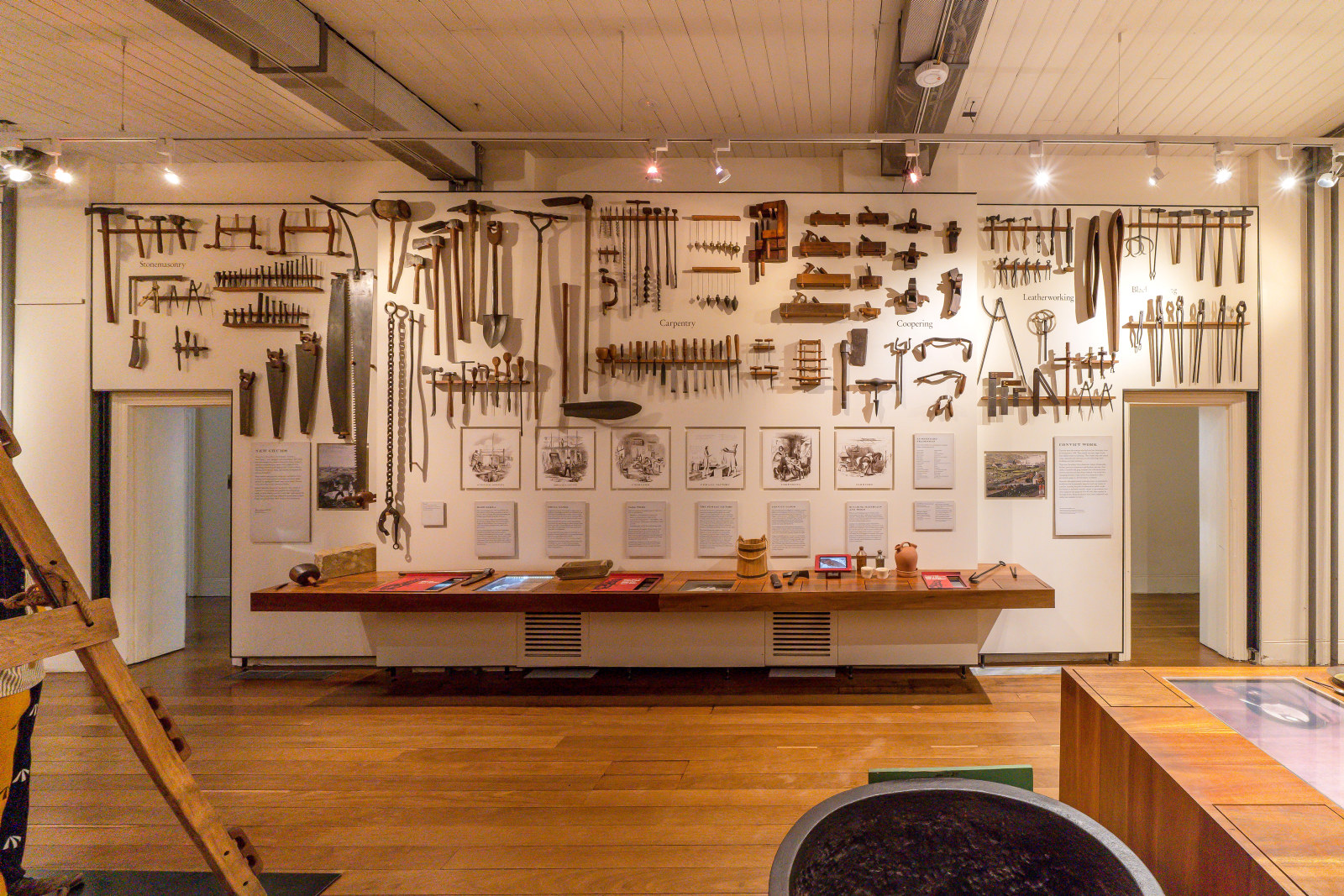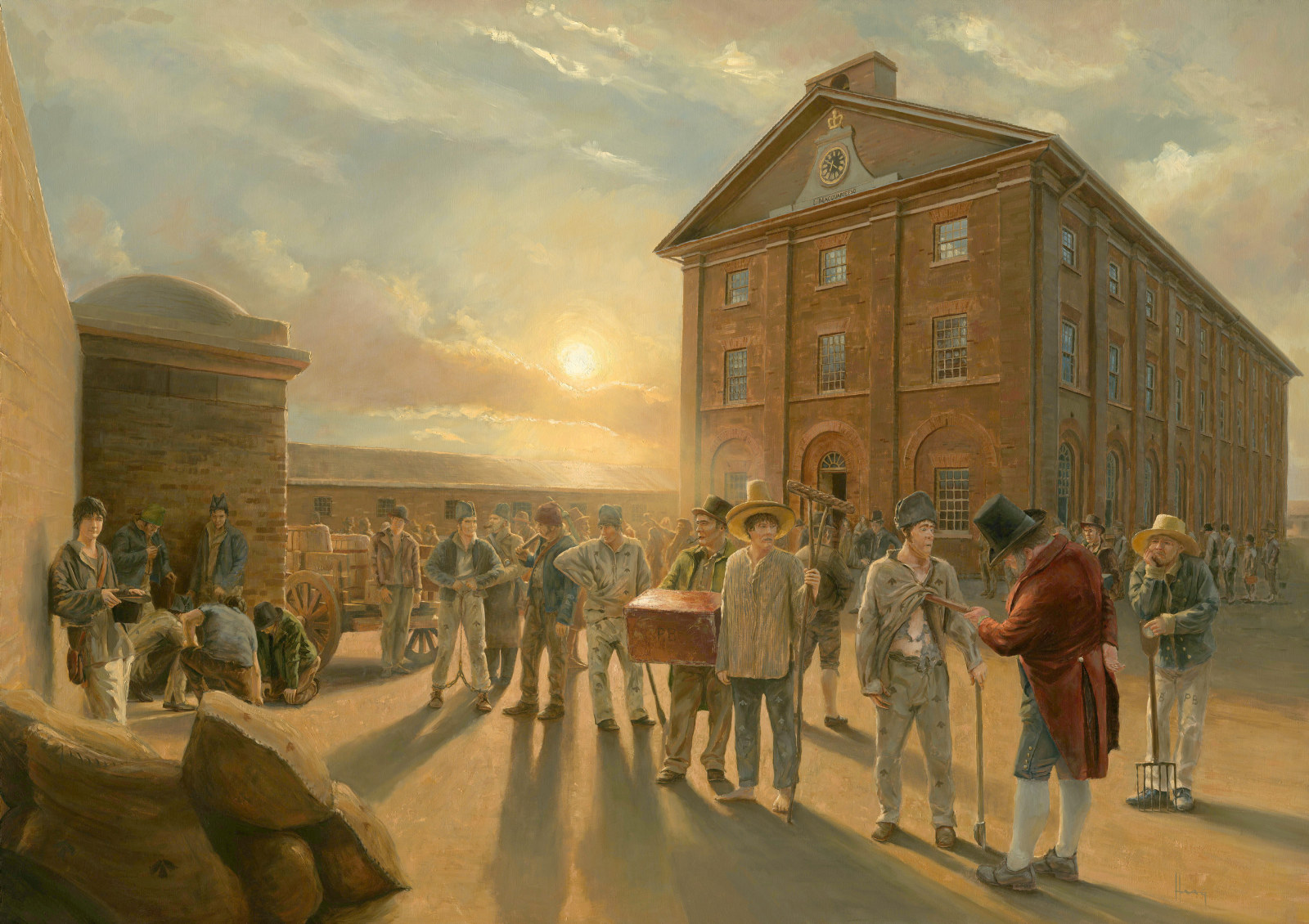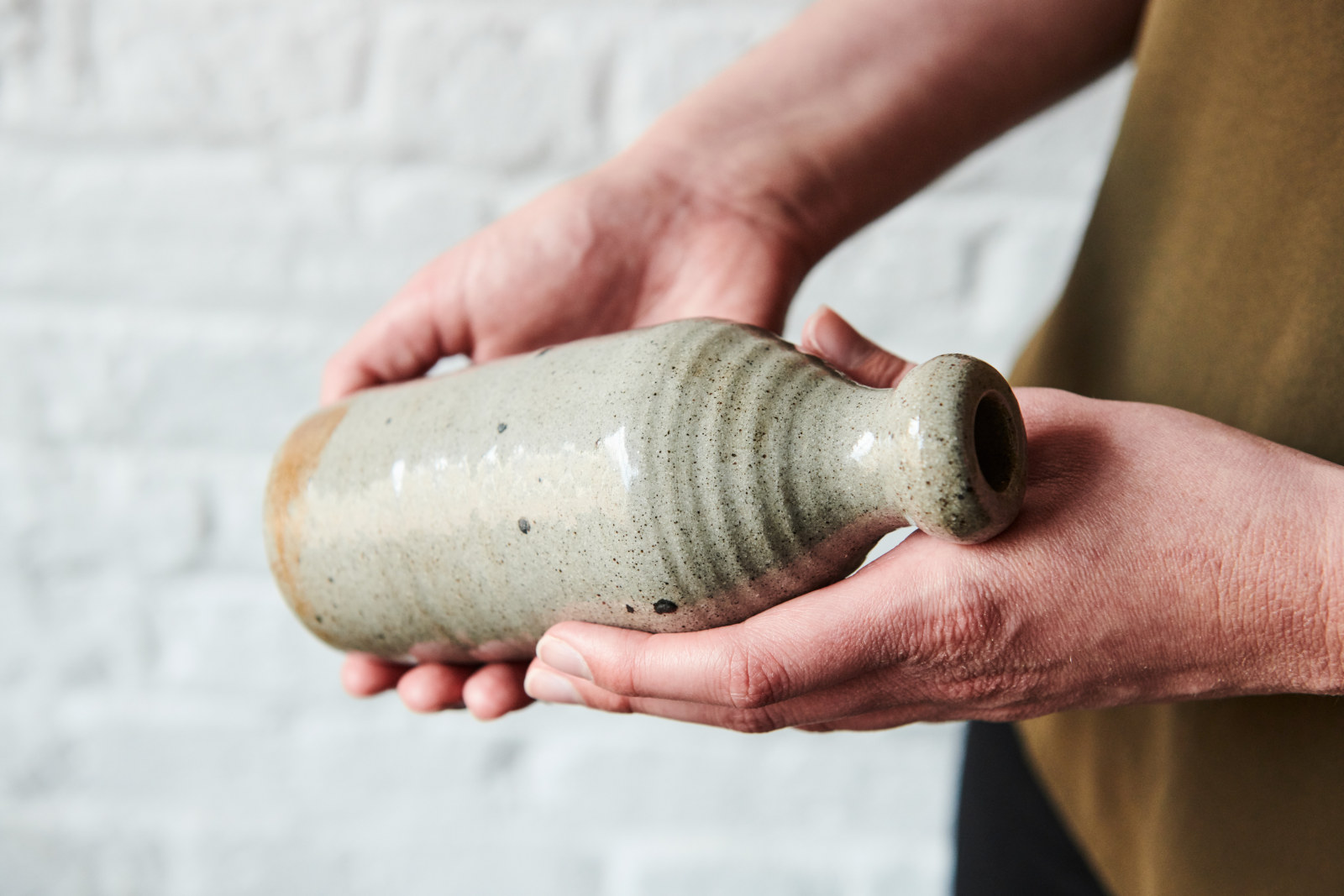Jaw harp
Early nineteenth century
This iron jaw harp was found by archaeologists at Hyde Park Barracks, in the underground deposits of the northern long room of the ground floor, originally a sleeping ward for convicts. Found alongside other convict-era objects, a small scrap of blue-striped convict shirt fabric was attached to the corrosion, hinting at its original owner.
The jaw harp is one of the oldest of musical instruments, and is played by holding it between the teeth, and plucking the flexible ‘tongue’ to produce a note. Players did not need to be trained musicians, but several convicts whose trade was listed as ‘musician’ are known to have spent time at Hyde Park Barracks, including John Stapleton (arrived 1830 on Forth), Jeremiah Bann (arrived 1830 on Royal Admiral) and fiddlers William Constantine (arrived in 1820 on Asia) and John Concart (arrived 1826 on Mangles). These and other musical convicts at the Barracks might have called on the rich tradition of popular English, Irish and Scottish reels, hornpipes, jigs, and songs to pass the time, the other convicts singing, clapping along and shuffling their feet to the beat.
Published on
Related

Convict Sydney
Objects
These convict-era objects and archaeological artefacts found at Hyde Park Barracks and The Mint (Rum Hospital) are among the rarest and most personal artefacts to have survived from Australia’s early convict period

Convict Sydney
Convict Sydney
From a struggling convict encampment to a thriving Pacific seaport, a city takes shape.

Learning resources
Explore our range of online resources designed by teachers to support student learning in the classroom or at home